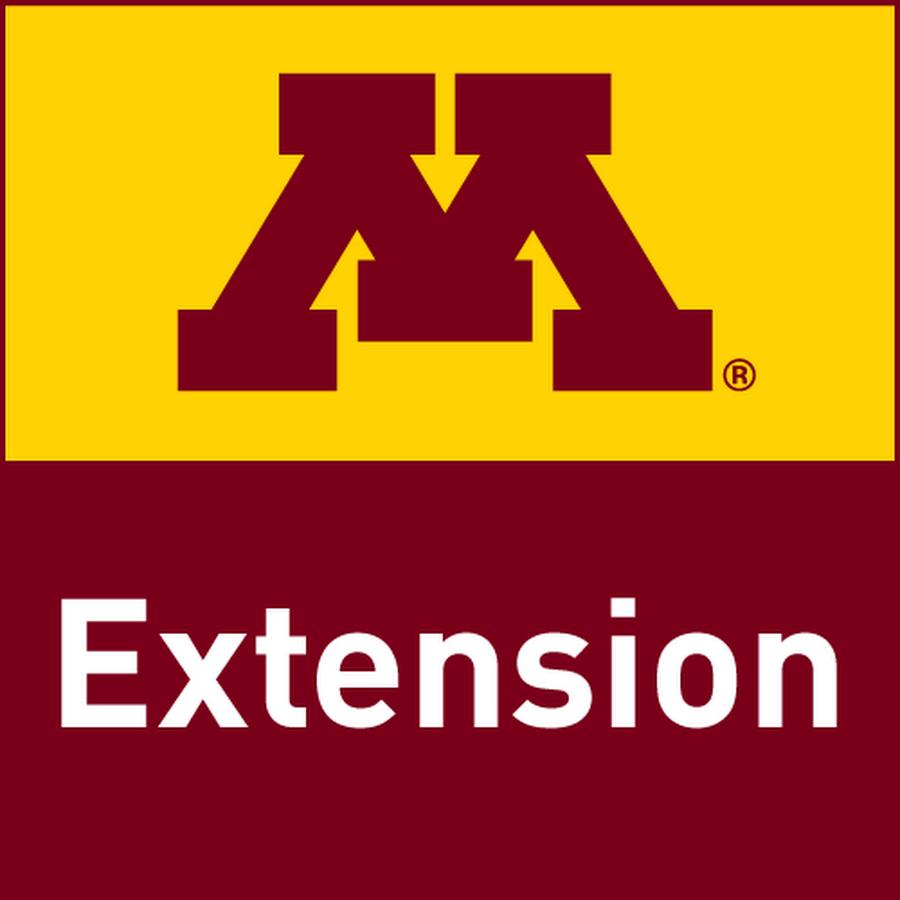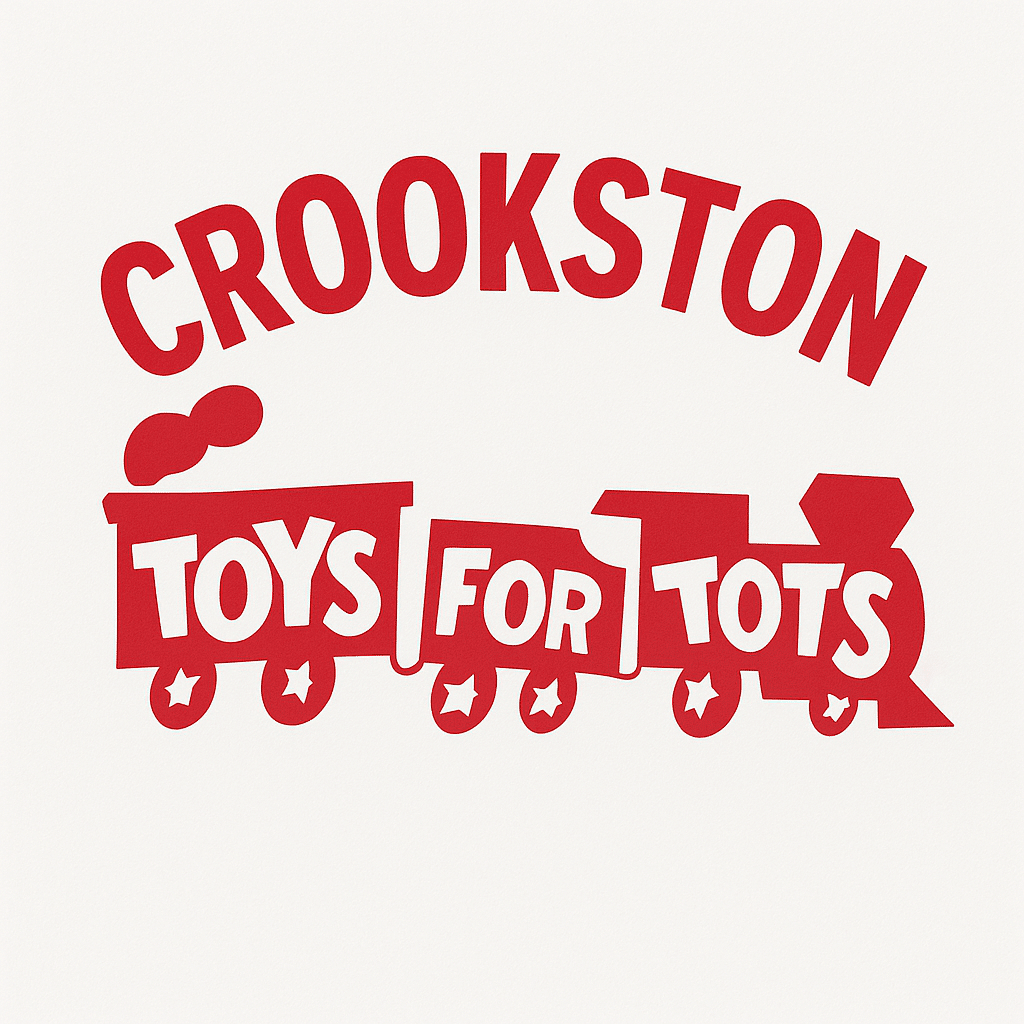By Lizabeth Stahl, Jared Goplen – University of Minnesota Extension Educators (Crops)
On June 3, 2020, the 9th Circuit Court of Appeals issued a ruling that vacated U.S. registrations for Engenia, FeXapan, and XtendiMax herbicides. These are 3 of the 4 dicamba products that were labeled for use on dicamba-tolerant (DT) soybeans. This means that effective immediately, there is no longer a federal label for these 3 products and they can no longer be used in the United States. For more details, see the Minnesota Department of Agriculture press release at: https://www.mda.state.mn.us/three-dicamba-registrations-revoked.
While there will likely be legal challenges to the ruling, farmers need to be looking at alternatives now as the time for effective postemergence applications is upon us.
OPTIONS AT THIS TIME
Tavium (contains the diglycolamine salt of dicamba and s-metolachlor) is not included in this ruling, as it was not part of the 2018 two-year registration for Engenia, FeXapan, and XtendiMax. As a result, this is still an option for DT soybeans. Keep in mind the following application restrictions for Tavium:
- Applications can only be made through the V4 stage of soybean.
- Applications can be no later than 45 days after planting, or no later than June 20 in Minnesota, whichever comes first.
Soybeans planted in late April or early May will soon be reaching the 45-days-after-planting restriction. Applications should also be made when broadleaf weeds are small and no larger than 4 inches in height.
Group 9 (e.g. glyphosate), Group 2 (e.g. FirstRate, Pursuit), and Group 14 (e.g. Flexstar, Cobra, Ultra Blazer) herbicides are also options to use postemergence on DT soybeans. The key with all of these products is to make applications to small weeds, targeting weeds no more than 4 inches in height.
OPTIONS FOR PROBLEMATIC WEEDS
Joe Ikley (NDSU Extension weed scientist) and Tom Peters (U of MN/NDSU Extension sugarbeet agronomist) developed the following recommendations for several problematic weeds (copied with their permission and edited for use in MN):
Waterhemp – It is safe to assume that any waterhemp is resistant to ALS-inhibiting (Group 2) herbicides. Glyphosate-resistance is also present on most acres, though not all plants will be resistant. Glyphosate is most effective on waterhemp up to two leaves when applied at labeled rates with adjuvants. The best remaining options would be PPO-inhibiting (Group 14) herbicides, although resistance to this family is prevalent in MN as well. Flexstar (fomesafen), Cobra, or Ultra Blazer could all be used on small waterhemp. The addition of oil adjuvants will be important for weed control.
Common lambsquarters – Glyphosate has historically provided variable control of common lambsquarters. Harmony (thifensulfuron) will be one of our best options left for the Xtend acres.
Giant and common ragweed – Glyphosate, FirstRate, and Flexstar are the best remaining options for ragweed control. We do have populations of giant and common ragweed that are resistant to glyphosate and FirstRate, so do not expect control with either product on those populations.
It is important to remember some of the best practices for applying these alternate options. For instance, Group 14 herbicides are contact herbicides that work better with higher carrier volumes and smaller droplets. Flexstar can also have carryover issues for rotational crops like corn (10-month rotational restrictions) and sugarbeet (18-month rotational restrictions). Basagran is another herbicide option that can help control these weeds. However, we must reset weed control expectations compared to dicamba and target weeds smaller than 1 inch. Many weeds we are hoping to control may already be larger than 1 inch, so inconsistent control could be expected.
INCLUDE A RESIDUAL HERBICIDE
Another effective strategy is to tank-mix Group 15 herbicides (Dual, Outlook, Warrant, Zidua) with your postemergence applications, especially where waterhemp is problematic. The Group 15 herbicides will not control any emerged weeds but will help control later emerging waterhemp.
Early application of postemergence herbicides is key for effective control, especially when relying on contact herbicides like Flexstar, Cobra, etc. Including a residual herbicide will help control weeds that have not yet emerged at the time of application. These residual herbicides are not effective at controlling giant or common ragweed, but do a good job controlling waterhemp, with varying efficacy on lambsquarters.
Below are several Group 15 products labeled for POST application in soybean, along with their application windows. Be sure to check the herbicide label for additional restrictions on application rates, maximum rates that can be applied in a season, tank-mix partners, adjuvants, etc.
- Dual II Magnum: From emergence through the 3rd trifoliate leaf stage.
- Outlook: From emergence (cracking) to the 5th trifoliate leaf stage.
- Warrant: After soybeans have completely emerged but before soybeans reach R2 (full flower).
- Zidua SC: From emergence (cracking) to the 6th trifoliate leaf stage (corrected from original posting).
For more details on including a residual herbicide, see the U of MN article “Managing Waterhemp with layered residual herbicides,” available at: https://extension.umn.edu/herbicide-resistance-management/managing-waterhemp-layered-residual-herbicides.
CULTIVATION
Timely cultivation is also an option to include regardless of which herbicides have been applied. Where soybeans are planted in 30-inch rows, this can be a viable option. Research conducted at the Southern Research and Outreach Center in Waseca (2018-2019) shows that cultivation combined with a layered residual approach provides effective waterhemp control. In this study, residual herbicides were applied at planting and again 30 days after planting. Cultivation combined with a POST residual herbicide resulted in the best control of waterhemp.
Cultivation can also be a good option when weeds have exceeded target application heights or when emergency weed control is needed. It may not be feasible from a labor and timeliness standpoint to cultivate all your soybean acres, but targeting the weediest fields is a strategy to consider.
CAUTION: Mention of a pesticide or use of a pesticide label is for educational purposes only. Always follow the pesticide label directions attached to the pesticide container you are using. Remember, the label is the law.
MINNESOTA DEPARTMENT OF AGRICULTURE ANNOUNCES CHANGE IN USE OF DICAMBA HERBICIDE
by Jared Goplen and Dave Nicolai, University of Minnesota Extension Educators (Crops)
The Minnesota Department of Agriculture provided an update on Monday, June 8th about the recent court ruling of the 9th U.S. Circuit Court of Appeals regarding dicamba products: At this time Minnesota farmers can use XtendiMax with VaporGrip Technology, Engenia Herbicide, and FeXapan with VaporGrip Technology while following all federal and Minnesota label requirements.
University of Minnesota Extension provided management options for the control of broadleaf weeds without the three dicamba herbicides listed in the original court ruling in a recent (June 5th) Crop News article, Options after dicamba registrations vacated. These recommendations are still valid if dicamba is not utilized.
Regardless of if dicamba-based herbicides are used or not, applicators should refer to the specific herbicide label and make applications to weeds that are four inches or smaller in height. Broadleaf weed growth has been very rapid given the recent warm weather, so timely herbicide applications are critical. Although timely applications are critical, avoid applications during adverse weather conditions, including the very windy conditions present throughout the state today, and forecasted for the first portion of this week.
UPDATE FROM DEPARTMENT OF AGRICULTURE
Upon further review of state law and while awaiting guidance from the U.S. Environmental Protection Agency on the ruling of the 9th U.S. Circuit Court of Appeals regarding dicamba products, the Minnesota Department of Agriculture will continue operating under existing pesticide program authorities. According to Minnesota law, an unregistered pesticide previously registered in the state may be used following the cancellation of the registration of the pesticide.
At this time Minnesota farmers can use XtendiMax with VaporGrip Technology (EPA Reg. No. 524-617), Engenia Herbicide (EPA Reg. No. 7969-345), and DuPont FeXapan with VaporGrip Technology (EPA Reg. No. 352-913) while following all federal and Minnesota label requirements. (Tavium Plus VaporGrip Technology (EPA Reg. No. 100-1623) was not part of the two-year federal registration and can still be used according to the label). The Department does not anticipate taking enforcement action against those who continue to appropriately use these products. This may change at any time pending additional guidance from U.S. Environmental Protection Agency.
“The Circuit Court of Appeals decision to revoke the use of these products was, unfortunately, very untimely for our farmers as many had already purchased the herbicide for this growing season,” said Minnesota Agriculture Commissioner Thom Petersen. “Timing is critical for farmers to apply the products and our further interpretation of Minnesota law allows us to use these products.”
As a reminder, all dicamba pesticide applicators in Minnesota must follow use instructions on the product label including the timing restrictions below. Dicamba products cannot be applied to dicamba-tolerant (DT) soybeans in Minnesota if any of the following conditions has occurred. Whichever cutoff time occurs first will determine whether a person can apply a given product to DT soybeans until June 20, 2020.
- Forty-five (45) days after planting. The federal labels for XtendiMax, Engenia, FeXapan, and Tavium prohibit application more than 45 days after planting.
- Once the R1 growth stage begins (beginning bloom). The federal labels for XtendiMax, Engenia, and FeXapan prohibit this. The R1 stage is when at least 1 flower appears on the plant on any node on the main stem.
- After the V4 growth stage. The federal label for Tavium prohibits application after the V4 growth stage.
- After June 20, 2020. The Minnesota Special Local Need (SLN) label, which must be in possession of the applicator at the time of application, prohibits this for all four dicamba products. The SLN labels are available on the MDA website at mda.state.mn.us/24c
In Minnesota, all four dicamba products are “Restricted Use Pesticides” for retail sale to, and for use only by, certified applicators who have complete dicamba or auxin-specific training.




